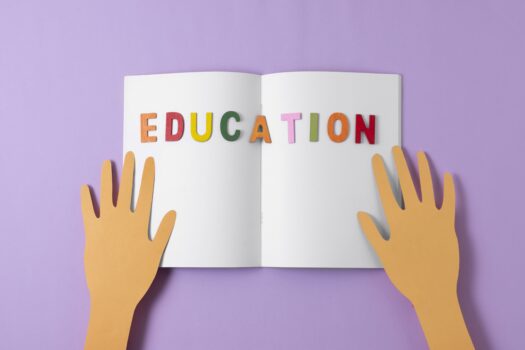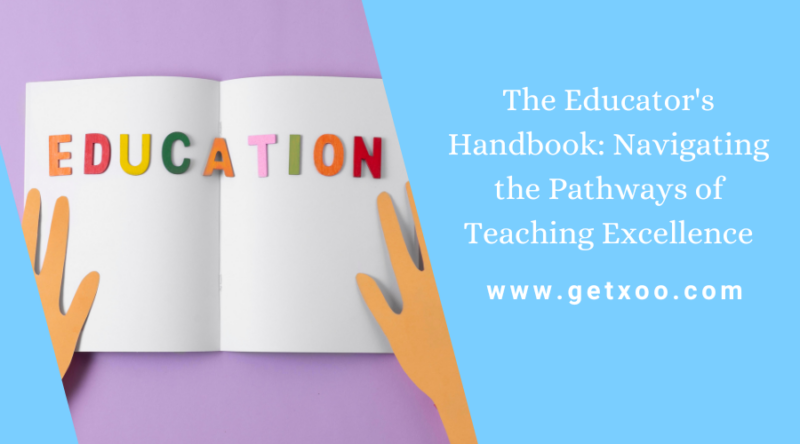Teachers are the architects of knowledge, shaping the minds of the future, weaving their enormous tapestry of education together. However, the path to effective teaching is sometimes fraught with difficulties, necessitating a combination of educational expertise, interpersonal skill, and unshakable commitment. We are pleased to provide the Educator Handbook, a thorough reference guide created to show teachers the way to pedagogical mastery and student achievement.
Chapter 1: Foundations of Educators handbook
Every educator handbook path begins and ends with their pedagogical philosophy, which is a conglomeration of ideas, values, and guidelines that directs how they approach teaching and learning. This chapter explores a wide range of educational philosophies, from progressivism to perennialism, and encourages teachers to consider their own beliefs and how they are reflected in the profession. educators handbook can create a cohesive framework that directs their teaching strategies and encourages meaningful student participation by adopting a greater understanding of educational philosophy.
Chapter 2: Pedagogy and Instructional Strategies
A subtle ballet between pedagogical grace and content mastery characterizes effective teaching as an art form. This chapter delves into the various approaches and techniques for teaching that enable teachers to kindle students’ curiosity. Teachers will find a wealth of pedagogical strategies tailored to fit the various requirements of students, ranging from project-based learning to differentiated instruction. Teachers may design dynamic learning environments that foster creativity, critical thinking, and lifelong learning by becoming masters of pedagogy.
Chapter 3: Classroom Management and Behavior
Effective classroom management is essential to creating a safe haven where students can learn and grow. educators handbook will learn how to create a classroom environment that is inclusive, respectful, that values resilience, responsibility, and respect in this chapter. In order to foster a safe and encouraging learning environment that supports each student’s social, emotional, and academic growth, educators will learn how to do anything from set clear expectations to put proactive behavior management techniques into practice.
Chapter 4: Assessment and Feedback
Assessment serves as a catalyst for development and transformation rather than just a means of measuring learning. Teachers will examine the science and art of assessment in this chapter, covering everything from formative comments to summative assessments. educators handbook may gain significant insights into student learning and customize training to match individual needs by utilizing assessment as a diagnostic tool. Moreover, teachers can encourage students to take charge of their education and pursue greatness by giving them timely and helpful feedback.
Chapter 5: Supporting Diverse Learners
Diversity is the fabric of our classrooms—a tapestry woven with the threads of culture, language, and ability. In this chapter, educators will embark on a journey of cultural competency and inclusivity, where every student’s unique strengths and challenges are celebrated and supported. From culturally responsive teaching to differentiated instruction, educators will learn how to create learning environments that honor the rich tapestry of human experience and foster equity, access, and excellence for all learners.
Chapter 6: Professional Development and Self-Care
Teaching is an ongoing process of self-improvement, introspection, and rejuvenation rather than a final destination. Educators will discuss the value of self-care and continuous professional development in maintaining their practice’s passion and purpose in this chapter. Teachers will find many options for ongoing education and cooperation, from attending conferences to taking part in communities of practice. Furthermore, educators can revitalize their minds, lift their spirits, and rekindle their enthusiasm for teaching and learning by placing a high priority on their own health and well-being.

Conclusion
The Educator’s Handbook serves as more than simply a manual; it is a compass that directs teachers toward the best practices for both successful teaching and student learning. Educators can take their practice to a new level and give their students more power by adopting the fundamental ideas and useful tactics presented in these pages. Let’s go out on a path of pedagogical mastery and educational enlightenment together, driven by our shared passion, purpose, and the ageless wisdom of the Educator’s Handbook.







